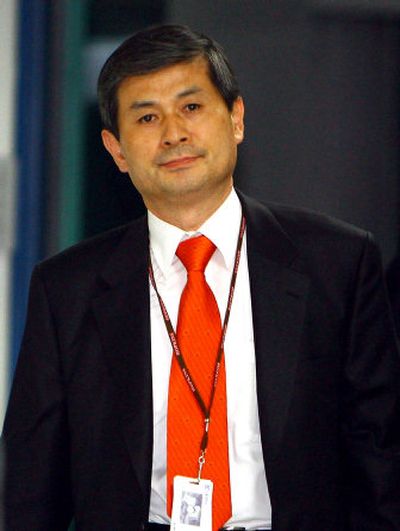Landmark stem-cell research may be fraudulent

WASHINGTON – Most and possibly all of the human embryonic stem- cell cultures reportedly made by a South Korean research team this year were fake, a member of the team told Korean news outlets Thursday.
Roh Sung-il, an executive at MizMedi Hospital in Seoul, said stem cell pioneer Hwang Woo-suk told him that nine of 11 reported cell lines were faked. Roh reportedly said he had doubts about the remaining two lines.
Roh also said Hwang told him that his stem cells had died and that he had presented ones from Roh’s laboratory as his own in their research paper in the journal Science. According to the news reports, the two agreed they would ask the journal to retract the paper, which was published May 19.
That paper and another landmark report by Hwang’s group, published last year, had documented the first successful creation of embryonic stem cells from cloned human embryos – a big step toward the ability to grow customized tissues for transplantation into people with failing organs.
If the work does prove to be largely fraudulent, it will be a major scientific setback for one of the most talked-about new avenues of biomedical research. It could also be a major political setback for the field, which has long been mired in controversy because it depends on the creation and destruction of human embryos.
Most such research is being done outside the United States because federal law prohibits public funding of it here, but Congress is poised to consider loosening restrictions. Advocates for patients fear that an overseas scandal may undermine their campaign to increase U.S. support for what they consider a promising therapeutic strategy.
Roh’s statements were reported by three television networks and in the Korea Times. Neither he nor Hwang nor their sole American collaborator, Gerald P. Schatten of the University of Pittsburgh, could be contacted directly.
It was unclear Thursday whether the suspicion was that Hwang had made stem cells but misrepresented some details about them, or that he had never made them at all. Consequently, the scientific community was left with little more than secondhand reports that a 25-author paper generally agreed to be one of the most important published this year was fraudulent.